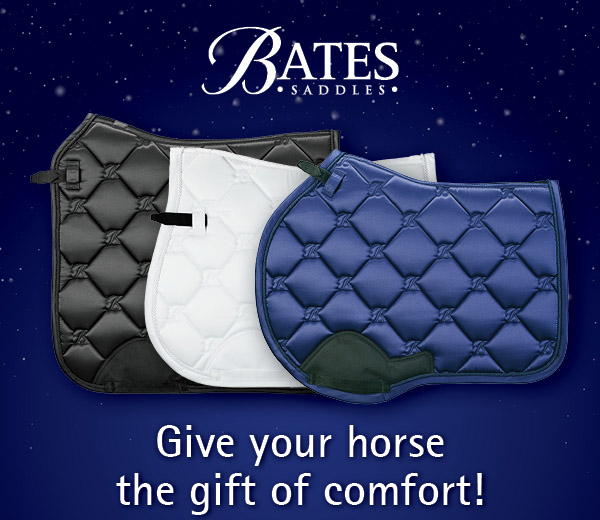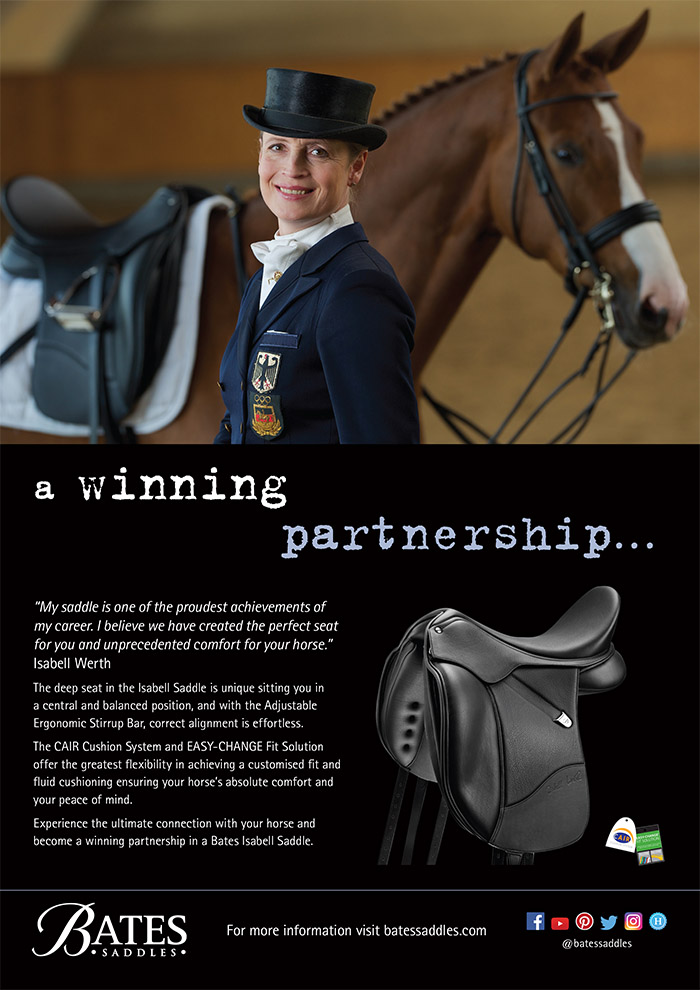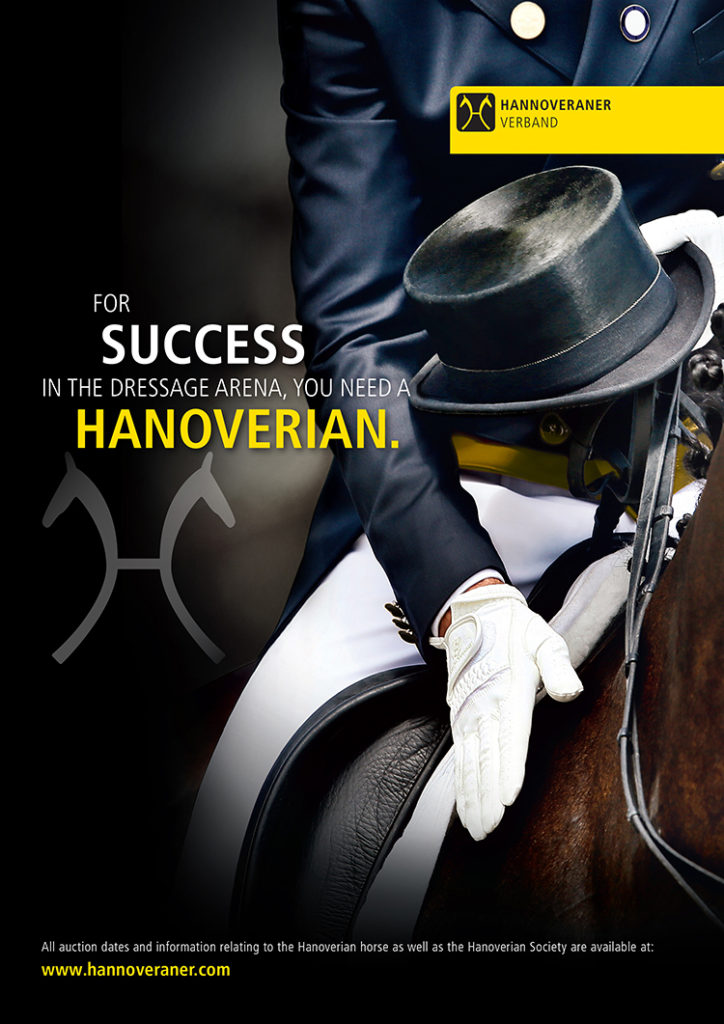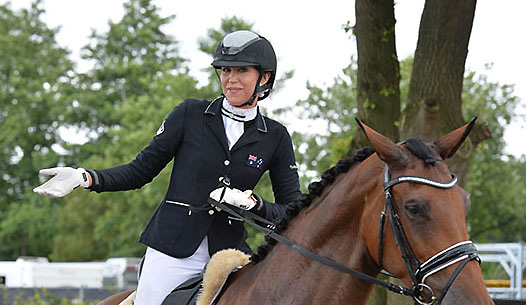
Story – Christopher Hector Photos – Roslyn Neave, Kenneth Braddick and Ridehesten
When THM first met Simone Pearce, she was based in Denmark with Helgstrand Dressage. She had returned to Australia in 2017 to conduct a clinic at Boneo Park during the Australian Dressage Championships. Share this story of how this amazing young lady, who is now with another of the World’s leading European dressage stables. Here’s her first-ever clinic, see how talented this young Australian is, not only as a rider, but as a gifted instructor…
Back to 2017
Clinics are always something of a juggling act, between actually demonstrating some useful training techniques, and keeping the audience entertained. Simone hit it off perfectly, so much so, that at the end of the session Roz remarked to her, that she had obviously done a lot of clinics. No, says Simone, that’s my first one, and actually I was so scared of speaking in public at school that I had to stand down as school captain!
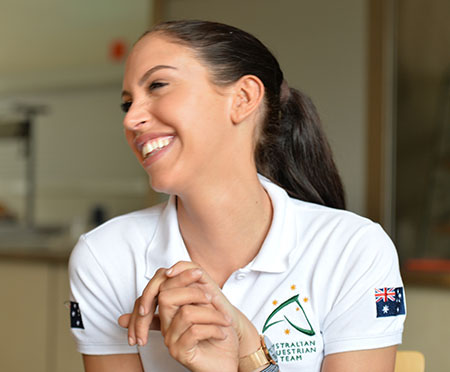
It is so like Simone, to meet her challenges full on, as you will discover…
But first the clinic.
The first combination was Sharyn McCombe and her six-year-old, Yarramee Serendipity. “It’s all about frame / posture / rhythm,” Simone told Sharyn, and she was working on the frame:
“When he gets long, slow for a few steps, tap, tap, then soft. With young horses it is all about reward. When he comes on the forehand, stop a little, up and forward. Even for a six-year-old, he could be six inches higher and carrying himself, from the back to the front.”
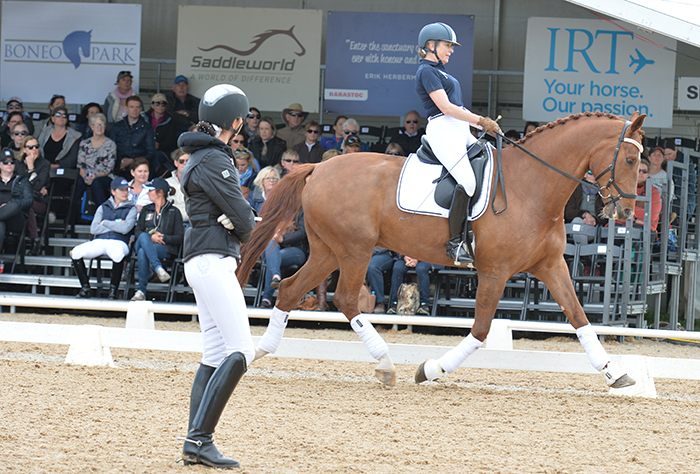
“Wait, tap, forward, repetition is the most important thing with young horses. When they give a good reaction, reward by going forward. I’d still like him rounder for a six-year-old, and forward, forward, forward. Go in medium on the long side and every time he comes down, slow, up and reward with forward.”
“Now let him walk, but with a young horse never throw the reins away in walk, the walk is just as important as any other pace, let him get deeper and more over the back, but keep a contact. With Casablanca, who I rode at the World Championships, when we started she was getting 8 or 8.2 for walk, but by the time we got to the Championships, she scored 9. You have to really concentrate on the walk.”
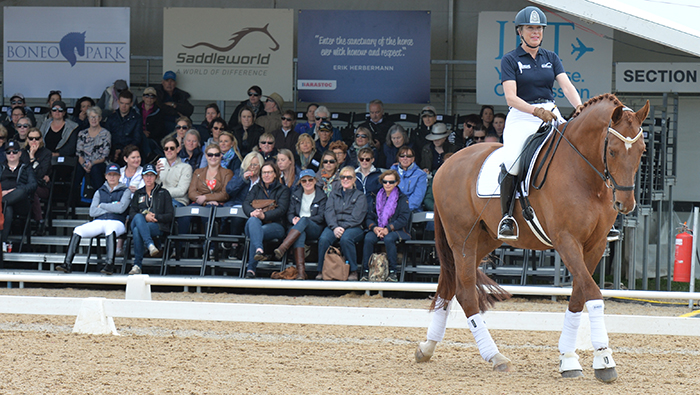
It was back to working on the frame: “As a six-year-old, I’d like him more collected but he can’t collect until the power is coming from behind. Shorter, a much shorter rein, forward, wait, forward again. We get there by repeating the movement over and over, he is getting shorter, he’s still too long for his age, but is getting there.”
“Think about the contact, most riders think either a strong contact, or give the rein away. You want no strength in your hands, but more contact on your hands. More legs, but be patient, when he holds the contact, the horse comes up – you have to give the horse something to go into.”
“My horses are soft, but they are soft because I ride them from the back to the front.”
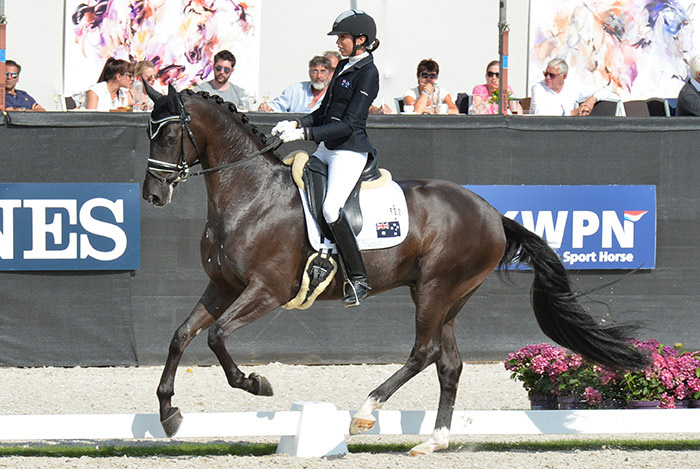
Simone and Feodoro at the World Young Horse Championships
Simone is another who uses the shoulder in at every point in her training:
“Use shoulder in for every correction, for the transitions – say extended trot to walk, just one step of shoulder in.”
“Now I like the way his back is moving, go medium, more, more, more… for me, that is a normal working trot…”
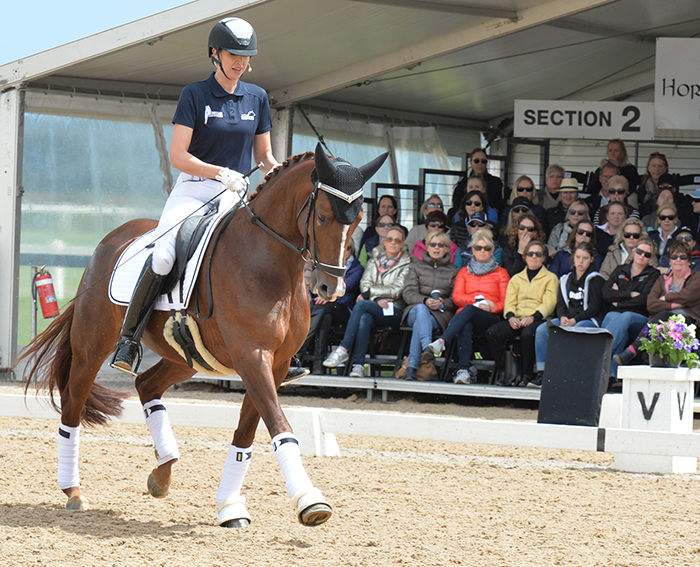
It was time for Simone to walk the walk, and once again she was up to the challenge, riding Tara Campain’s four-year-old mare, Gowrie Park Cognac:
“I want a soft contact so I am using my leg and seat. I want her a little more steady, more through, and even on a four-year-old, I will use a little shoulder in, then lots of reward, tell her she’s good.”
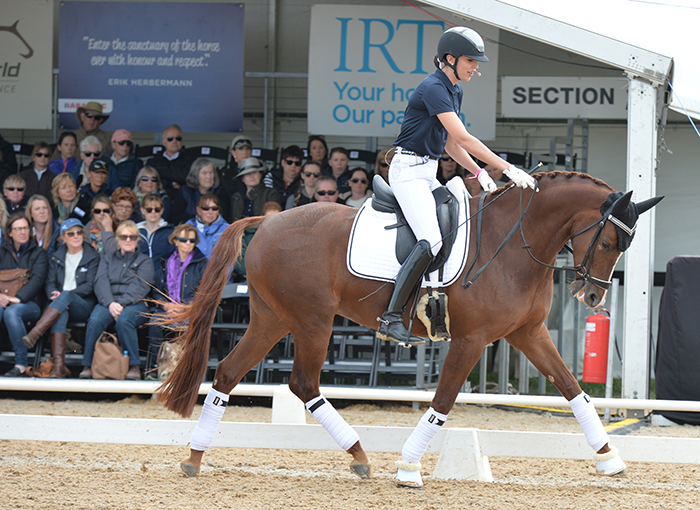
“I want her forward, but I am doing very little with my legs, my body is slightly in front of the vertical. I shorten the reins a little more, still riding back to front, and alter her posture. Don’t let go, don’t pull back, not more pressure, not less, just be consistent.”
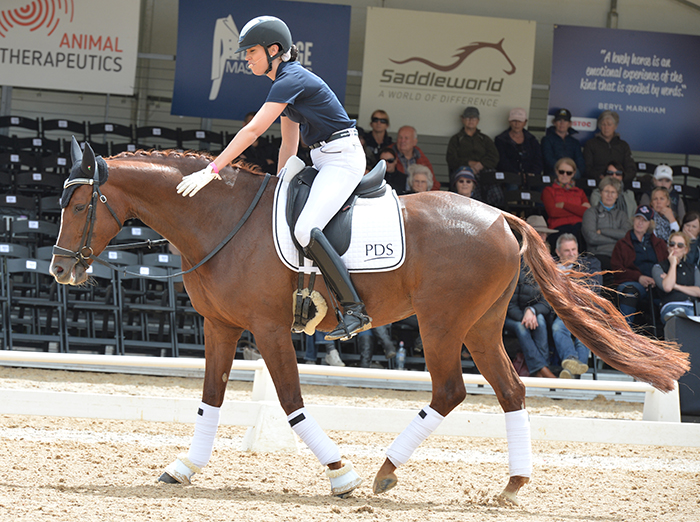
And when she jacks up and has a hissy fit:
“Just wait, don’t stress, just wait long enough and she will get the point.”
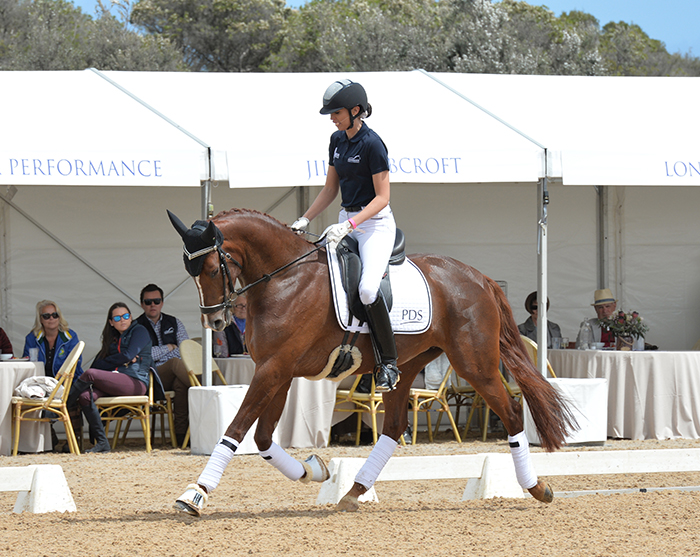
And she does:
“Now I am getting a really good feeling in my hand, at any point I can lean forward and open the reins, and she will go longer over the back. I want her a little more up, but first I have to get her over the back, or I have no chance.”
more follows
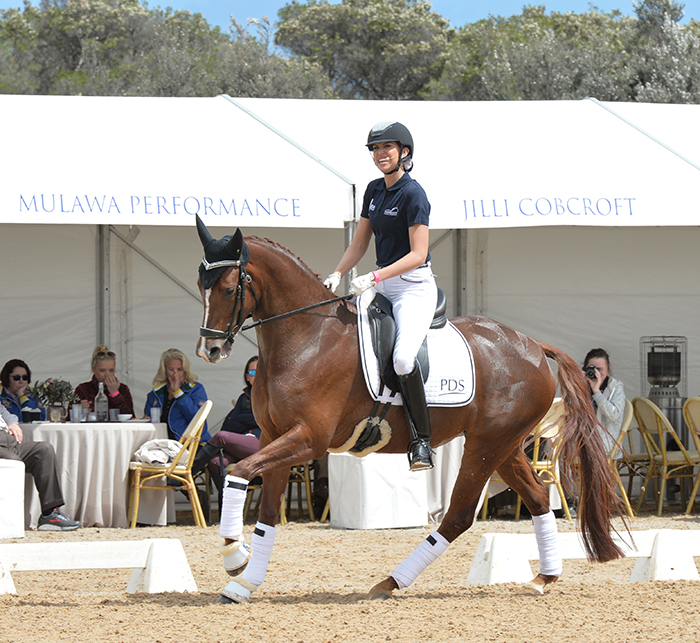
And Simone had a very important message to all the Australian riders:
“I think it is the difference between Australia and Europe. In Europe you are 100% prepared, 100% sure you can do over 65%. It’s a key point for Australia, don’t go to a competition unless you can get 65%, you will improve if you take the time to prepare, but when you go out, go out to win.”
next we interview Simone
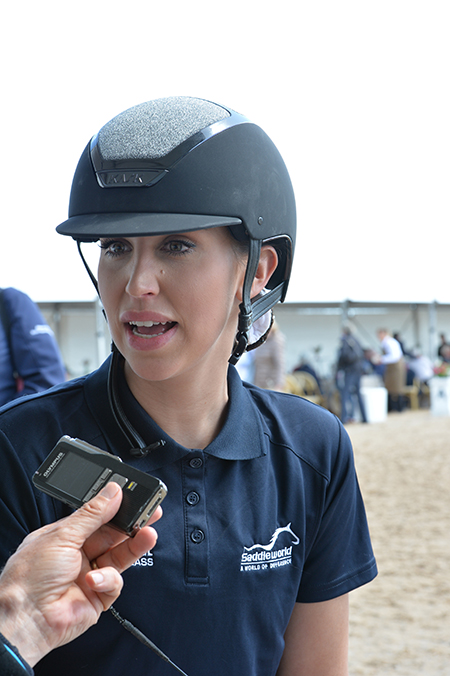
Did I mention that along with all her other talents, Simone is a natural when it comes to being interviewed? As you are about to discover…
How is it that you sit on a horse, and your legs are ten times quieter than we see with most of the Australian based riders, and yet your horse is 100% more forward?
“I have to say something funny, because when I first moved to Europe, the first thing my first boss said was, ‘Look at her legs! She cannot possibly be a professional with legs like that!’ That’s the first thing I heard when I’d just got off the plane from Australia, so it was a real struggle for me in the first twelve months – a real struggle to get my legs still. The first thing was that I developed my legs to be still, and that’s a structural thing – but my horses are off the leg because I don’t touch them as much as other riders. Other riders are kick, kick, kick, kick, me, I have still legs, quiet legs, I support the horse. If I need them I use them, but otherwise… that’s the thing with everything, patience, quiet, not so much movement, simplify everything, take it back to basics.”
You say you had to re-make the way you used your legs, but how do you do that?
“It was a lot of personal perseverance. The place that I was at, my boss was not going to tell me every two minutes to keep my legs still and my toes in. She told me about three times and then she said, I’m not telling you any more, it’s your turn to fix it yourself. And that’s what I did.”
When you were talking about contact, you were saying, not strong but not give away, which are the only two options our riders seems to consider…. What is the middle option you are looking for?
“For me, the way to get the perfect contact is by having shorter reins. I think more about my elbows than my hands. Your elbows should be giving and your hands keep steady on the contact. That’s really important, so many riders pull back with their hands and let the elbow also pull backwards, but for me, you have to have a soft elbow and a steady hand, not a strong hand, a steady hand.”
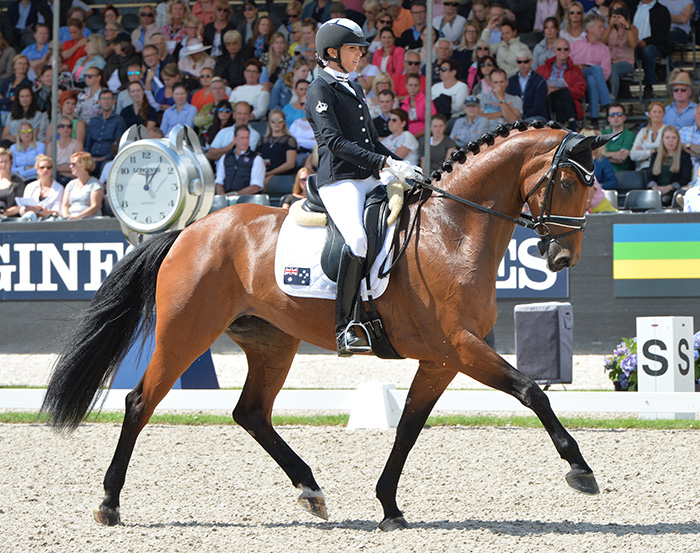
Simone and Casablanca at the World Young Horse Championships
The other thing I find interesting about your riding is that while it is almost a cliche of the young horse rider to ride shoulders back, seat grinding into the horse – you rode with a slightly forward upper body all the time… that’s conscious?
“Yes, it is in this instance – on my own horses for example, you won’t see me lean so far forward, but with the horse I rode today, I want her to be a lot more round than perhaps she has been before, a lot more forward than she has been before and so she doesn’t need my tension coming against her. I’m very conscious to be soft to the young horses. I think a lot of people have the perception that young horse riding is about being strong, but it is not – it is about being very soft and forward. I think that is what is lacking, riders get too much backwards, too much kicking, I don’t kick and I don’t lean backwards. I’m very patient, all the time encouraging the horse to go forward. You would see, if I rode this horse a few more days, I would come back to a more upright, competition posture. At the moment, that is too much for her. I am very conscious of allowing the horse to have what it needs to have at the time.”
You talked about how in between movements, in your transitions, you wanted one stride of shoulder in?
“It’s a bit like when you teach a dog something, and you use a clicker, and the clicker gets the dog to think, okay, now I have to do what my trainer wants me to do. It’s exactly the same thing with the horse, the shoulder in re-connects the horse to the rider – so I use it when the horse is straight and running a little bit, instead of getting hectic and pulling backwards – you have no opportunity to do that in the show – so I just use one step of very gentle shoulder in to re-connect the horse to me. Shoulder in and corners, that’s all I do. On my Grand Prix horse, I never train Grand Prix movements, I train shoulder in, corners. With my young horses, shoulder in, corners – that’s the secret!”
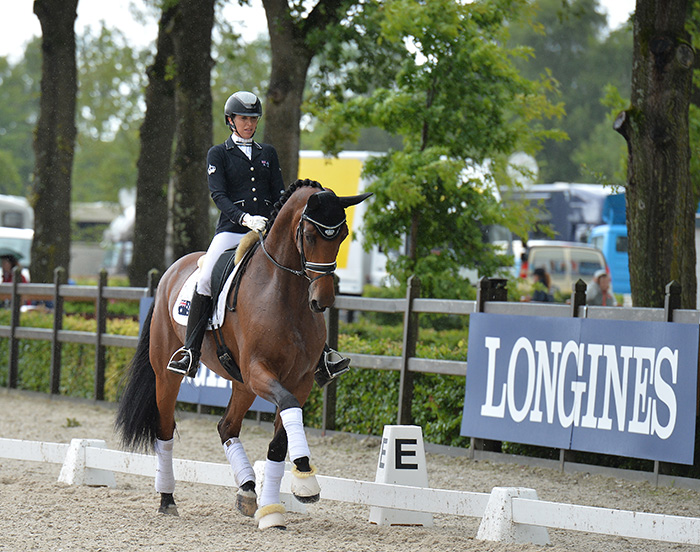
Do you think that you are lucky that you are showing young horses in an era when the style of young horse showing has moved from super spectacular to soft and harmonious?
“Yes, definitely, and to be honest I find it very funny when people call me a young horse rider, because I don’t think I’m a young horse rider at all. I’m just a rider, and as a professional you should be able to do everything. I think the young horse riding has changed so much in the last five years in a really really good direction, and I feel the success I have had as a young horse rider is through true training and I am very proud of that, and I hope that it continues in this way because I really enjoy it.”
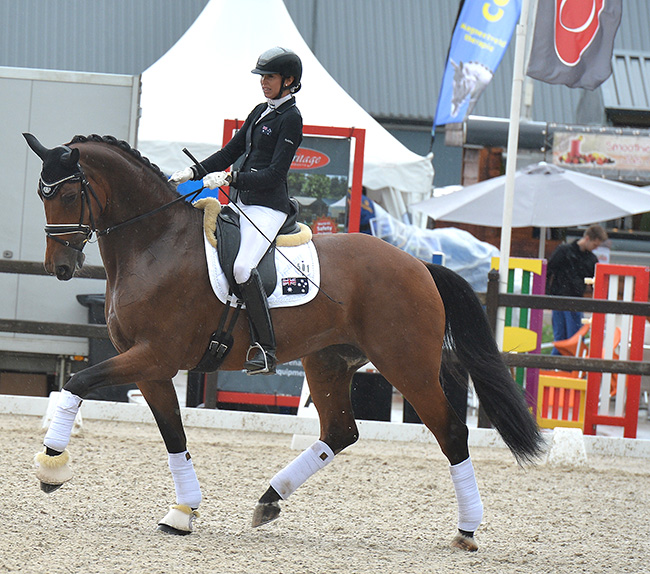
It was interesting when you were riding Cognac, when the mare started to get a bit upset, you just sat quiet and worked your way through it…
“It is exactly how I ride at home, it’s fine, no stress.”
But you didn’t give up and throw the contact away…
“No, no, no – I, 100% stay with what I want, and what I want is contact and forward, but she doesn’t have to do it in the next step because it is not going to happen so there’s no point in fighting with her. I’m just showing her and guiding her to what I want.”
more from Simone follows
Do you think it is your timing, you are so quick to reward…
“That’s something a lot of riders have trouble with, they don’t know when to hold and when to give, and to be honest, that comes with a lot of experience and feeling. You can’t say to someone – this is the time, there is no time, you have to feel it. It’s hard but it helps if you trust yourself more – I think a lot of riders don’t trust themselves enough. I never think what if? I think, it’s good, good girl, or it’s not good, no stress, just this, this, this. I think I’m quite lucky that I naturally have quite a lot of feeling. It’s the hard truth of riding, there are some people who are naturals. I’ve been messy before, but I’ve always had that feeling to sort of know when to stop and when to go, but you can definitely develop it by having a good trainer – that’s essential.”
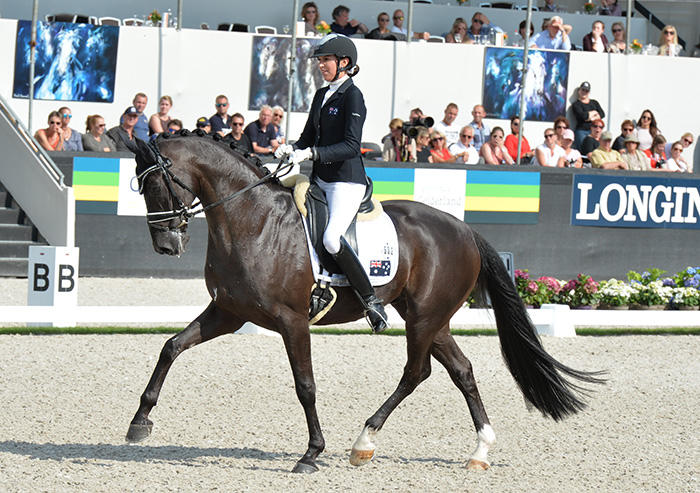
But even with the best trainers, some people don’t ever get what you have naturally, that’s the witchy bit of riding…
“It sounds terrible but it is this natural phenomena.”
It’s really impressive what you have managed to do, because you went to Europe without Mummy and Daddy paying for you to be a princess in a famous stable, or buying you a ready made horse to play with, you had to do it with your own talent… Was that really stressful?
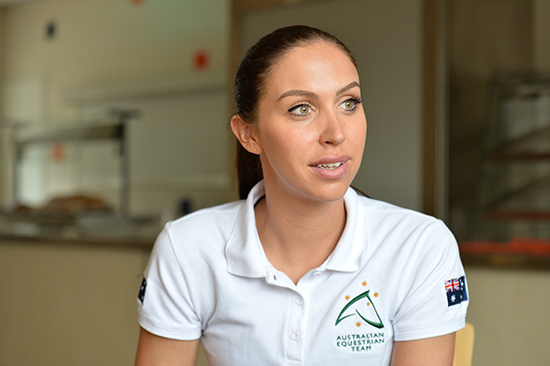
“To be honest, it has been unbelievably hard. I’m really proud of what I have achieved under the circumstances. Looking at the sport there are not many people who have overcome that barrier, most of the people at the top of the sport have an enormous amount of money behind them, so I am proud of what I have done, but it has been really challenging to push myself. I think the key to my success is that I have really been brave to take every opportunity I’ve got. I didn’t want to go to Denmark when I first got to Europe, but I did and it was a success. I think the higher you get in the sport, the harder it is if you haven’t got that financial backing that some of the other riders have, but I am going to do my own thing, and hope that I can get support along the way.”
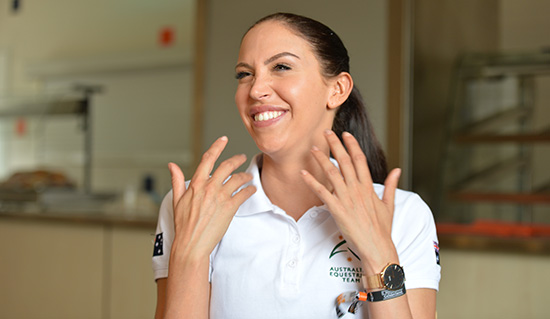
Breeding your own dressage star in Australia next season? Want the best European bloodlines?
Choose from a range of proven lines like Furstenball, Benicio, Vitalis, Foundation, Totilas, Total Hope, De Niro, Fidertanz and Franklin. Or the latest new stars…
Go to www.ihb.com.au
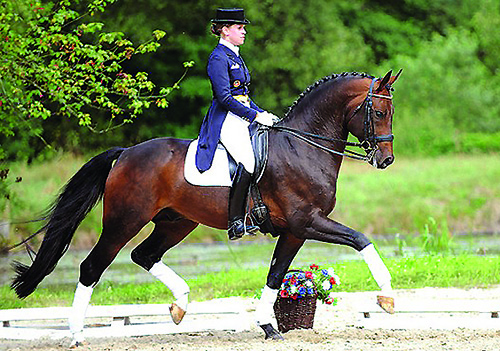
Fidertanz, Hanoverian Stallion of the Year for 2022, and sire of many top performers including Ingrid Klimke’s World Cup contender, Franziskus.

